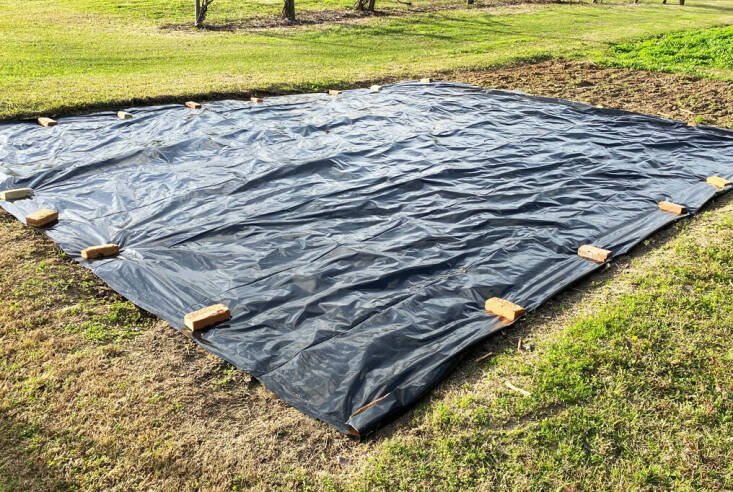Solarizing Weeds – Harnessing the Sun to Reclaim Your North Jersey Garden
If you’ve ever felt like you were losing the battle against invasive weeds, you’re not alone. Whether it's bindweed, mugwort, or a carpet of crabgrass, some weeds are simply too persistent for pulling. But what if you could use the power of the sun to do the dirty work for you? Enter solarization—a chemical-free, highly effective way to kill weeds, weed seeds, and even some soil-borne pests and diseases. It’s one of the best tools in an organic gardener’s toolbox when preparing a new bed or reclaiming an overgrown area.
☀️ What Is Solarization?
Solarization is the process of covering soil with clear plastic during the hottest weeks of summer to trap solar heat. This creates a greenhouse effect, heating the top layers of the soil to temperatures high enough to kill many weeds and their seeds. It’s simple, low-tech, and best of all—free aside from the cost of plastic sheeting.
🔧 How to Solarize Your Soil
Timing Is Everything
Late June through August is ideal in the North Jersey, when the sun is most intense and days are longest.Prep the Area
Remove any large debris or woody plants.
Mow or weed-whack vegetation as low as possible.
Water the area deeply—moist soil conducts heat better than dry soil.
Lay Clear Plastic
Use clear (not black!) 1–4 mil polyethylene sheeting. Clear plastic allows sunlight to pass through and heat the soil directly. The light energy penetrates the plastic, gets absorbed by the soil, and then becomes trapped as heat—just like a greenhouse. This process raises soil temperatures much higher than black plastic can—often to 120–140°F in the top few inches.
Lay it flat across the soil and seal the edges with soil, bricks, or logs to trap heat.
Wait It Out
Leave the plastic in place for 4–8 weeks.
The longer it stays, the more effective it is at cooking weed seeds and underground roots.
Remove and Replant
After solarization, peel back the plastic and admire your weed-free soil.
Avoid disturbing the soil too much afterward—tilling can bring new weed seeds to the surface.
🌿 What Weeds Does It Work On?
Solarization works best on:
Annual weeds like crabgrass, lambsquarters, pigweed
Weed seeds near the surface
Some perennial weeds, though repeat treatments may be needed for aggressive ones like bindweed and mugwort
For very stubborn species, follow up with sheet mulching, selective digging, or reseeding with dense native groundcovers to prevent re-infestation.
♻️ Eco-Friendly and Chemical-Free
Unlike herbicides, solarization doesn’t leave chemical residues behind. It’s ideal for gardeners restoring native plant areas, prepping vegetable beds, or creating pollinator meadows. Plus, it's a great option for properties near water sources or sensitive habitats.
✨ Bonus Tips
If your area is shaded or you miss the summer window, consider tarping with black plastic over a longer period (known as occultation). Black plastic shades the soil, preventing weed growth, but it doesn’t heat the soil as intensely. It’s more useful for long-term weed suppression (like in occultation), especially in cooler weather or lower-light conditions. In contrast, solarization is about heat, not just darkness—and clear plastic is the best tool for the job during the summer.
After solarizing, consider planting a native cover crop or groundcover to suppress weeds and stabilize the soil.



